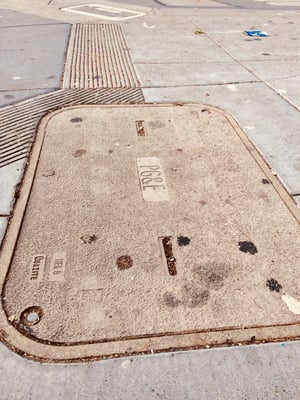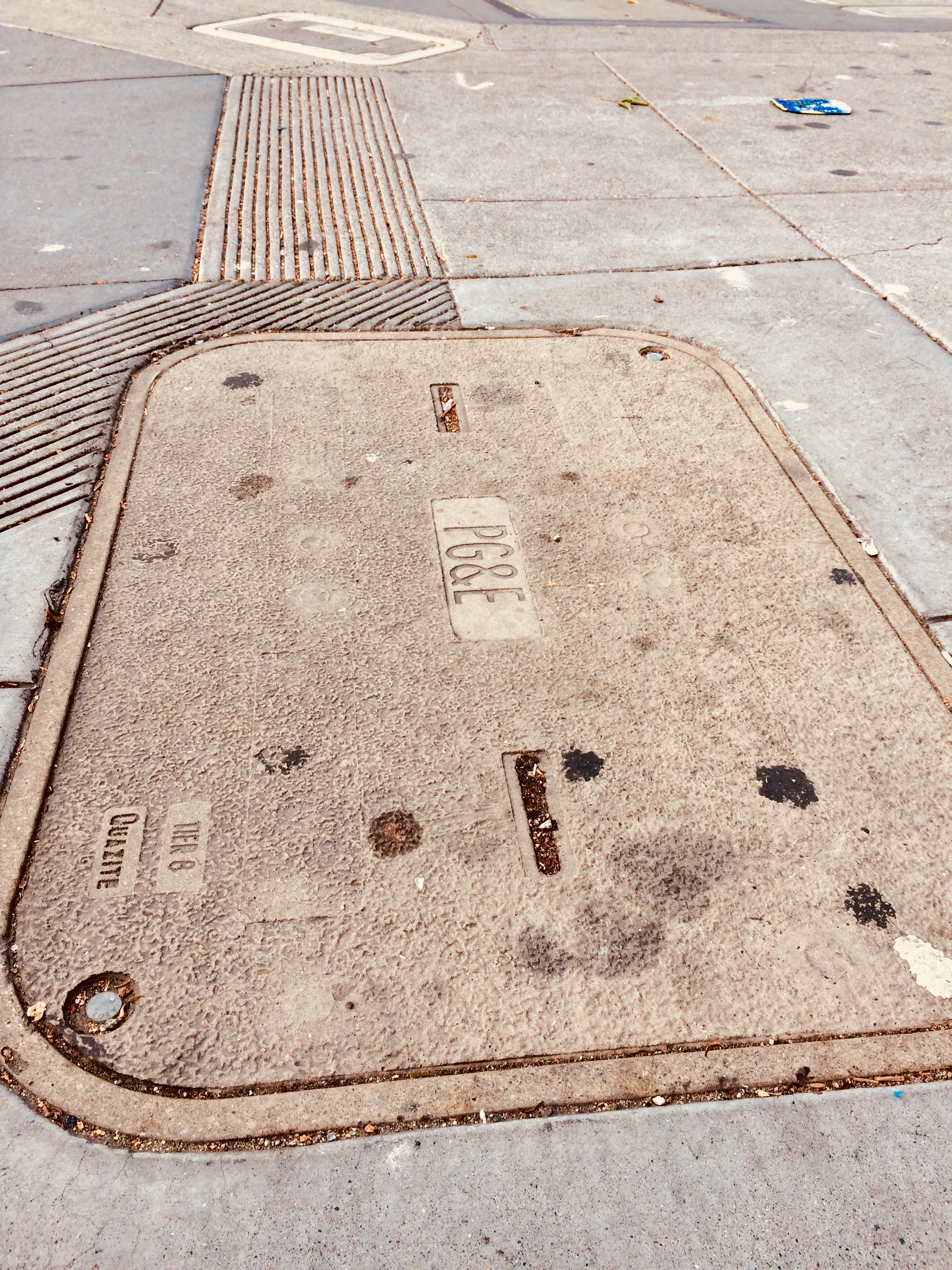When considering an underground enclosure specifics matters. It is important to take load ratings into consideration. For confidence in selecting the right load ratings it is recommended to choose out of the two verified ratings, the ANSI/SCTE77 or the AASHTO H20. When determining the best load rating consider the enclosures intended use.
ANSI/SCTE77
The ANSI rating is best for non-deliberate traffic areas. These enclosures are placed where direct wheel impact is not likely or anywhere that traffic is not intended. The area may include grassy areas, sidewalks, highway berms, light pole bases, highway median strips and parking lots. These enclosures are designed to handle only occasional, non-intentional traffic.
AASHTO
This load rating is intended for direct traffic areas, such as highway or roadway lanes, intersections and parking lots. These enclosures are situated directly in a wheel path and are designed for anywhere that traffic will directly impact the enclosure.
KNOWING THE DIFFERENCE
It pays to know the difference between the two enclosure ratings. AASHTO H20 rated enclosures come with a heftier price tag due to their heavy duty design. AASHTO enclosure covers are made from unique material, such as cast iron, in order to handle continuous heavy loading. It is advantageous to know the specific rating needed for your job in order to avoid unneeded substantially high prices and to ensure enclosure longevity.
For further information watch Hubbell Power System’s In Depth video.






